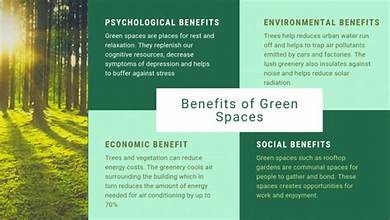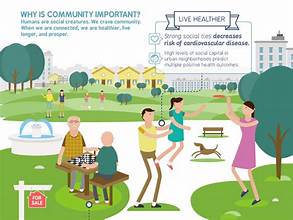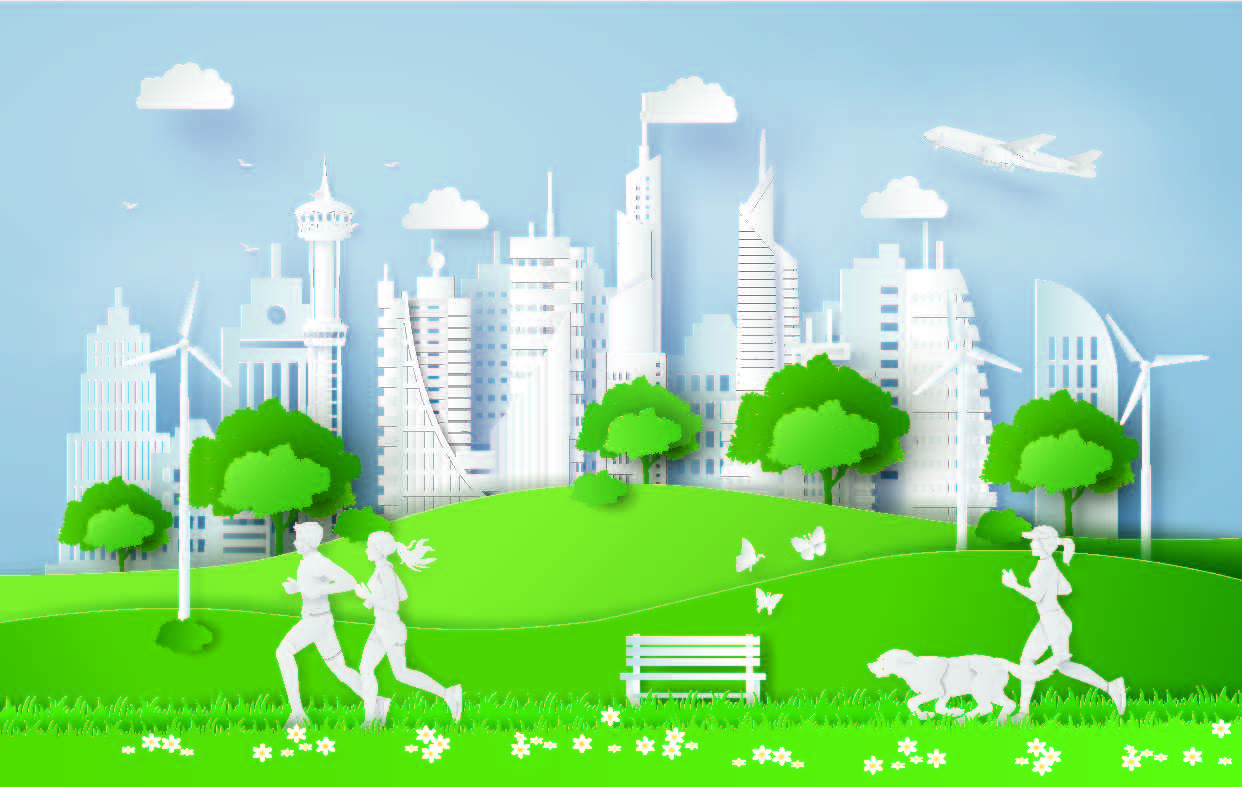Introduction
Urban green spaces, including parks, gardens, and green roofs, are crucial components of modern cities. They not only enhance the aesthetic appeal of urban environments but also play a significant role in improving environmental health and community well-being. This article explores the multifaceted benefits of urban green spaces and their impact on urban living.
Environmental Health Benefits
- Air Quality Improvement
Urban green spaces contribute significantly to enhancing air quality. Trees and plants absorb pollutants such as carbon dioxide (CO2), nitrogen dioxide (NO2), and particulate matter (PM). According to the U.S. Environmental Protection Agency (EPA), urban trees can reduce air pollution levels by filtering pollutants and producing oxygen. This process helps mitigate the adverse effects of air pollution, which can lead to respiratory problems and cardiovascular diseases.
- Temperature Regulation
Green spaces play a critical role in moderating urban temperatures. The phenomenon known as the “urban heat island effect” results in cities experiencing higher temperatures than surrounding rural areas due to human activities and infrastructure. Trees and vegetation in green spaces provide shade and release moisture into the air through a process called transpiration, which cools the surrounding environment. Studies have shown that well-maintained urban green spaces can reduce local temperatures by several degrees Celsius, thus lowering the risk of heat-related illnesses.
- Stormwater Management
Green spaces help manage stormwater by absorbing rainwater and reducing runoff. This process minimizes the risk of flooding and reduces the strain on urban drainage systems. Plants and soil in green areas act as natural filters, improving water quality by trapping pollutants before they enter water bodies. Effective stormwater management through green infrastructure can also prevent soil erosion and protect aquatic ecosystems.
Community Well-being Benefits
- Physical Health Improvement
Access to green spaces encourages physical activity, which is essential for maintaining a healthy lifestyle. Parks and recreational areas provide opportunities for exercise, such as walking, jogging, cycling, and sports. Research indicates that people living near green spaces are more likely to engage in physical activities, reducing the prevalence of obesity, cardiovascular diseases, and other health conditions. Additionally, exposure to nature has been linked to lower levels of stress and improved mental health.
- Mental Health Benefits
Urban green spaces offer significant mental health benefits by providing a calming and restorative environment. Studies have demonstrated that spending time in nature can reduce symptoms of anxiety, depression, and mental fatigue. Green spaces serve as refuges from the hustle and bustle of city life, allowing individuals to relax and rejuvenate. The presence of natural elements in urban areas fosters a sense of tranquility and well-being, contributing to overall mental health.
- Social Interaction and Community Building
Green spaces serve as communal areas where people can gather, interact, and build social connections. Parks and community gardens provide venues for social events, recreational activities, and community engagement. These interactions foster a sense of belonging and community cohesion. Green spaces also offer opportunities for cultural and educational activities, enriching the social fabric of urban communities.
Economic Benefits
- Property Value Enhancement
Properties located near well-maintained green spaces generally experience higher market values. The proximity to parks and green areas is often seen as a desirable feature by homebuyers and renters. This increased demand can lead to higher property prices and rental rates, benefiting homeowners and investors. Moreover, the presence of green spaces can attract businesses and tourism, contributing to local economic development.
- Cost Savings
Investing in green spaces can result in long-term cost savings for cities. Green infrastructure can reduce the need for costly engineered solutions to address environmental challenges, such as air pollution and stormwater management. By enhancing environmental quality and promoting public health, green spaces can lower healthcare costs and reduce the financial burden on urban infrastructure.
Challenges and Considerations
Despite their numerous benefits, urban green spaces face several challenges. Limited space in densely populated areas, funding constraints, and maintenance issues can hinder the development and upkeep of green spaces. Additionally, ensuring equitable access to green areas across different socio-economic groups is crucial for maximizing their benefits for all residents.
Conclusion
Urban green spaces are essential for fostering a healthier and more vibrant urban environment. They offer significant environmental, physical, mental, and social benefits, contributing to overall community well-being. By investing in and maintaining green spaces, cities can enhance air quality, regulate temperatures, manage stormwater, promote physical and mental health, and strengthen social ties. As urban areas continue to grow, prioritizing green infrastructure will be vital for creating sustainable and livable cities for future generations.


